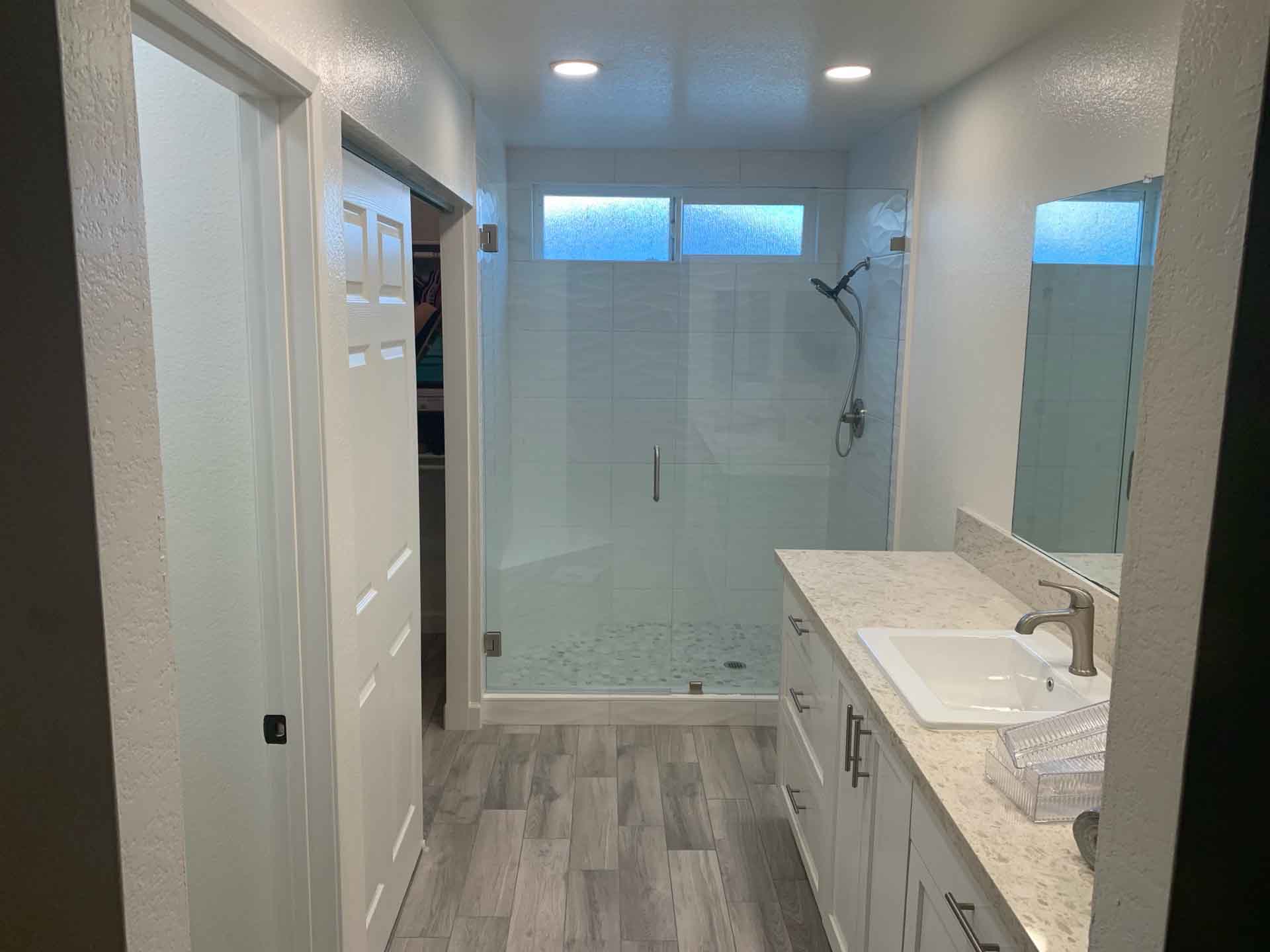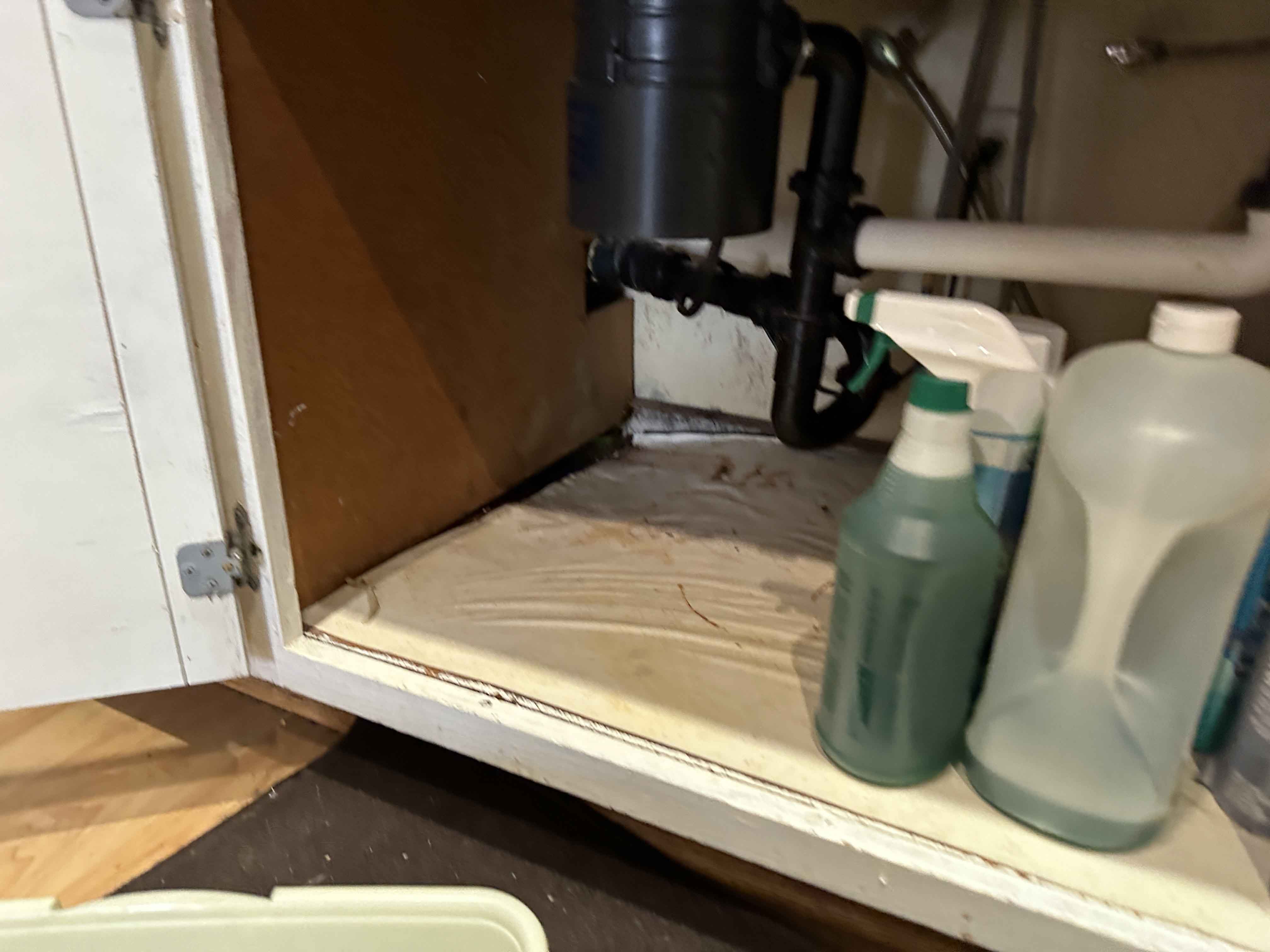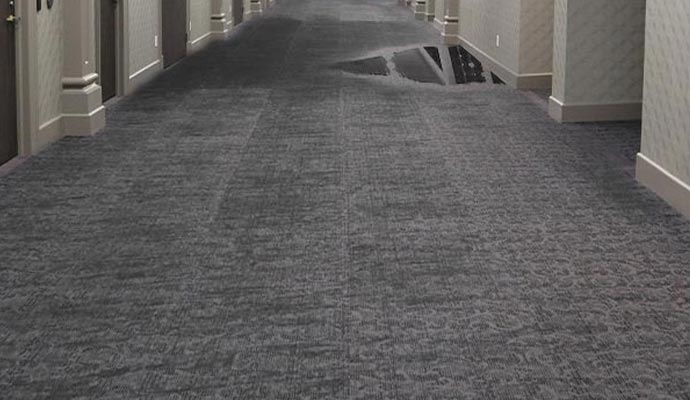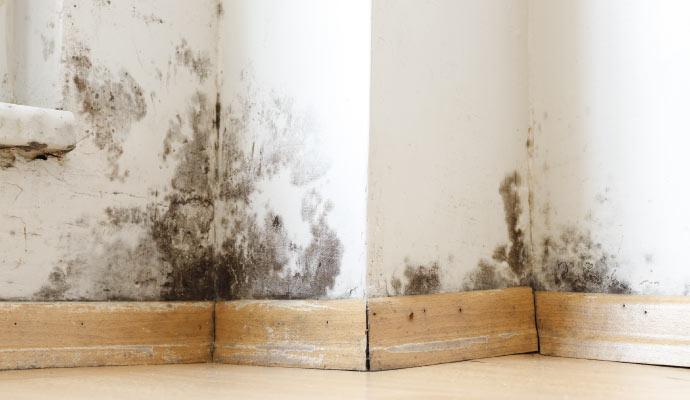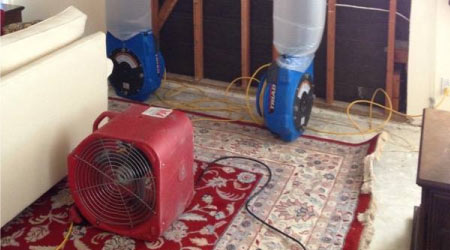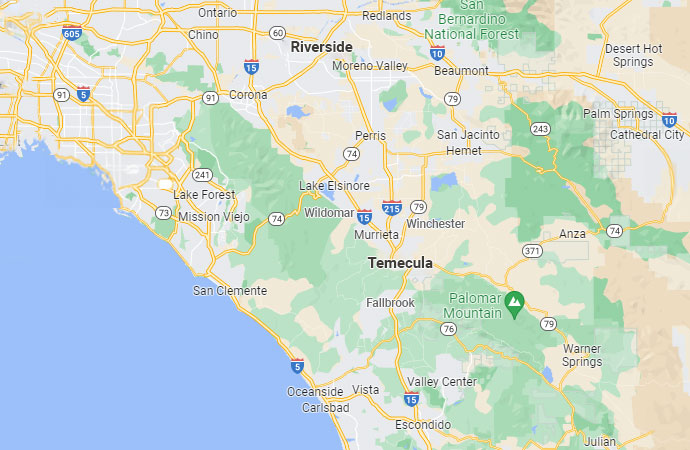What You Need to Know: Water Damage and Indoor Air Quality
The Hidden Threat: How Water Damage Can Impact Indoor Air Quality

Water damage is far more than just a nuisance that damages your home's structure and belongings; it can also pose serious risks to indoor air quality. When water infiltrates your living spaces, be it a leak, flood, or plumbing issue, it creates a favorable environment for mold growth and other harmful contaminants. Understanding the impact of water damage on indoor air quality is crucial for safeguarding the health and well-being of your household.
Mold Growth and Airborne Spores: One of the most significant threats to indoor air quality resulting from water damage is mold growth. Mold spores are microscopic and can become airborne when disturbed, circulating throughout the indoor environment. Inhalation of mold spores can lead to respiratory issues, allergies and even far more severe health problems in vulnerable individuals, such as children, the elderly and those with respiratory conditions.
Bacteria and Pathogens: Floodwater, particularly from external sources, can carry harmful bacteria into your home. These contaminants can become airborne, posing serious risks of infection and other health issues. Additionally, stagnant water can create breeding grounds for bacteria and other microorganisms, exacerbating indoor air pollution and leading to toxic conditions.
Volatile Organic Compounds (VOCs): Water damage can cause certain building materials, such as carpets, wallpapers and paints, to release Volatile Organic Compounds (VOCs) into the air. VOCs are chemical compounds that can have serious adverse effects on indoor air quality and human health. Prolonged exposure to VOCs can cause irritation to the eyes, nose and throat, and in some cases, long-term exposure may lead to more severe health concerns.
Dust Mites and Allergens: Water-damaged areas have a tendency to remain damp, creating an ideal environment for dust mites to thrive. Dust mites are common indoor allergens that can trigger allergic reactions and asthma symptoms in sensitive individuals. When the air circulates, these allergens become airborne, spreading throughout the home.
Prevention and Remediation: To safeguard indoor air quality after water damage, swift action is essential. Proper water damage restoration, including prompt drying and dehumidification, is crucial to prevent mold growth and the proliferation of airborne contaminants. High quality professional restoration services can ensure thorough cleanup and restoration, reducing the risk of lingering indoor air quality issues.
Water damage is bound to happen. The likelihood that it might be catastrophic is unknown. But water damage of any manner can have a profound impact on indoor air quality, posing risks through mold growth, airborne contaminants, VOCs and allergens. Addressing water damage promptly and effectively is vital to maintaining a healthy living environment. If your home has experienced water damage, it is imperative that you seek well trained, high quality professional restoration services to mitigate the hidden threats and restore your indoor air quality to a safe and healthy state.


